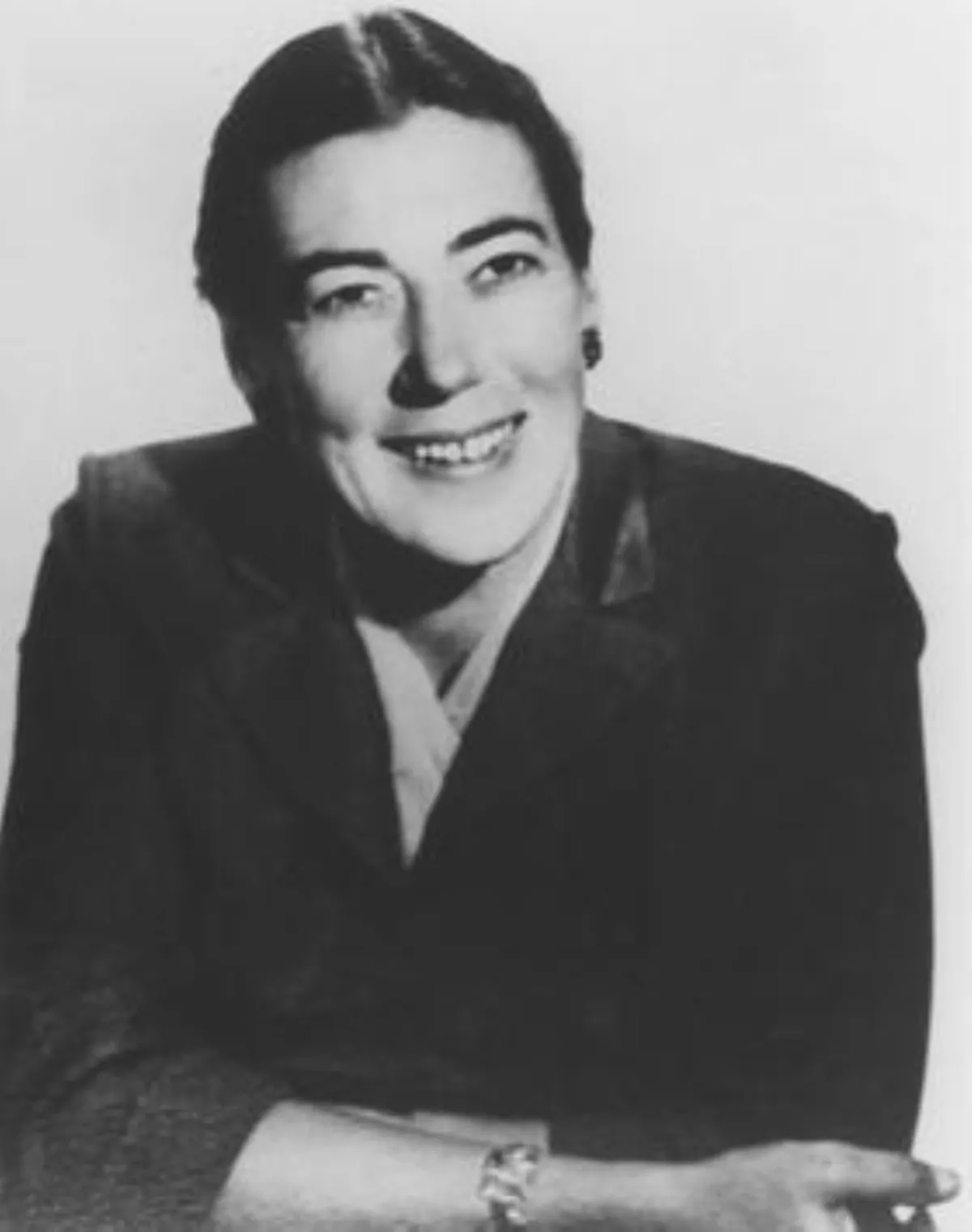 1.
1. Evelyn Hooker was an American psychologist most notable for her 1956 paper "The Adjustment of the Male Overt Homosexual" in which she administered several psychological tests to groups of self-identified male homosexuals and heterosexuals and asked experts to identify the homosexuals and rate their mental health.